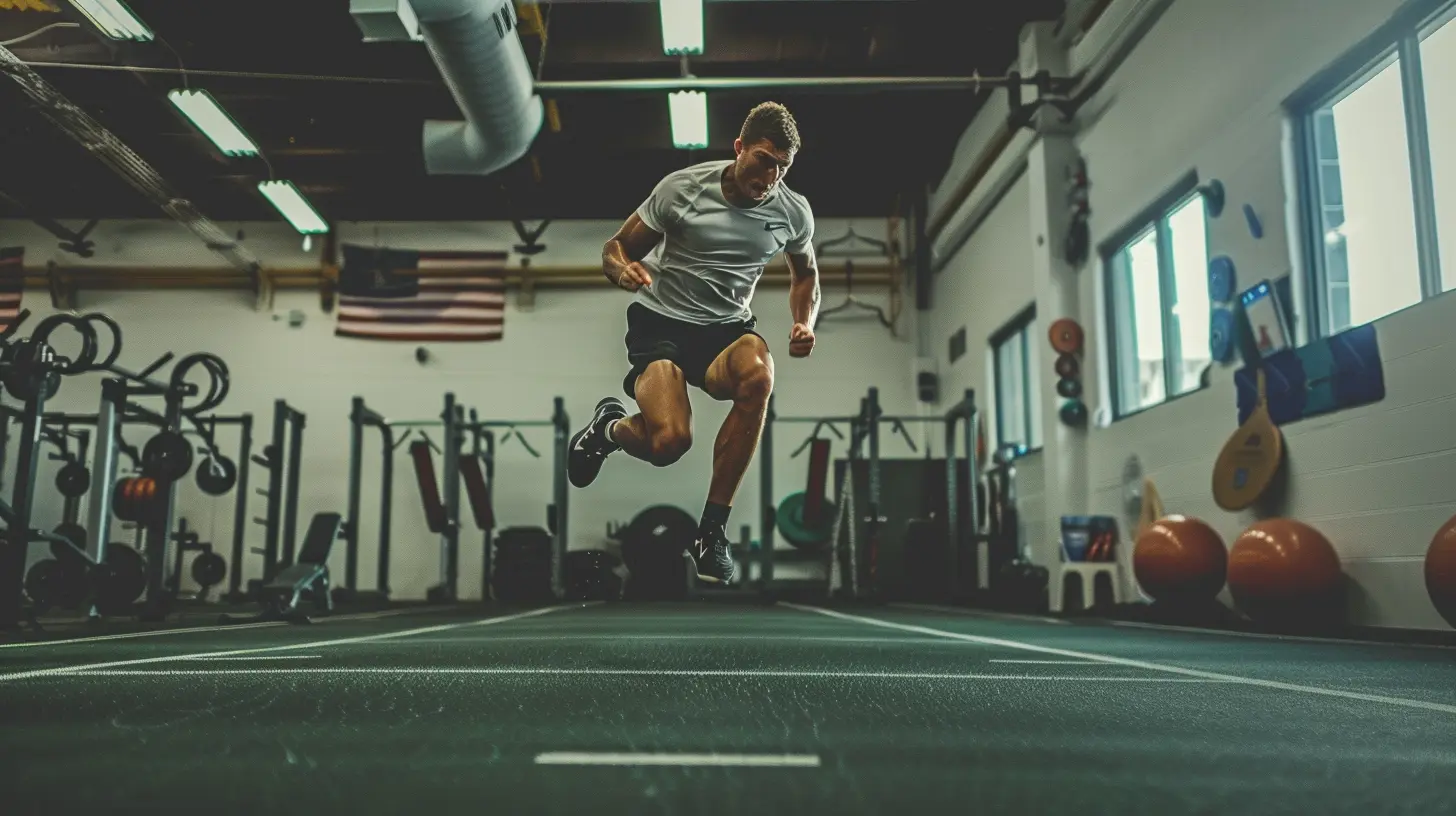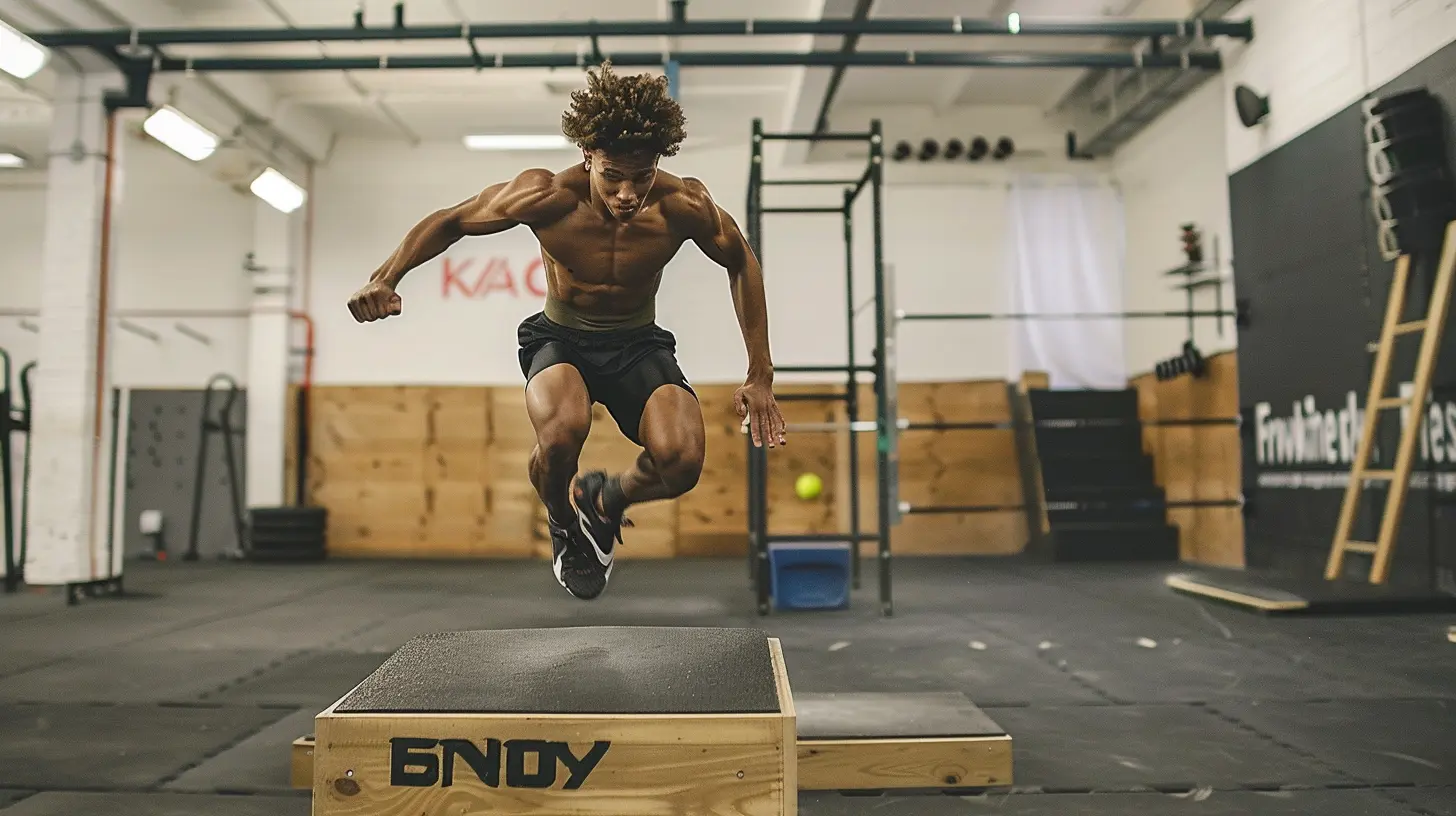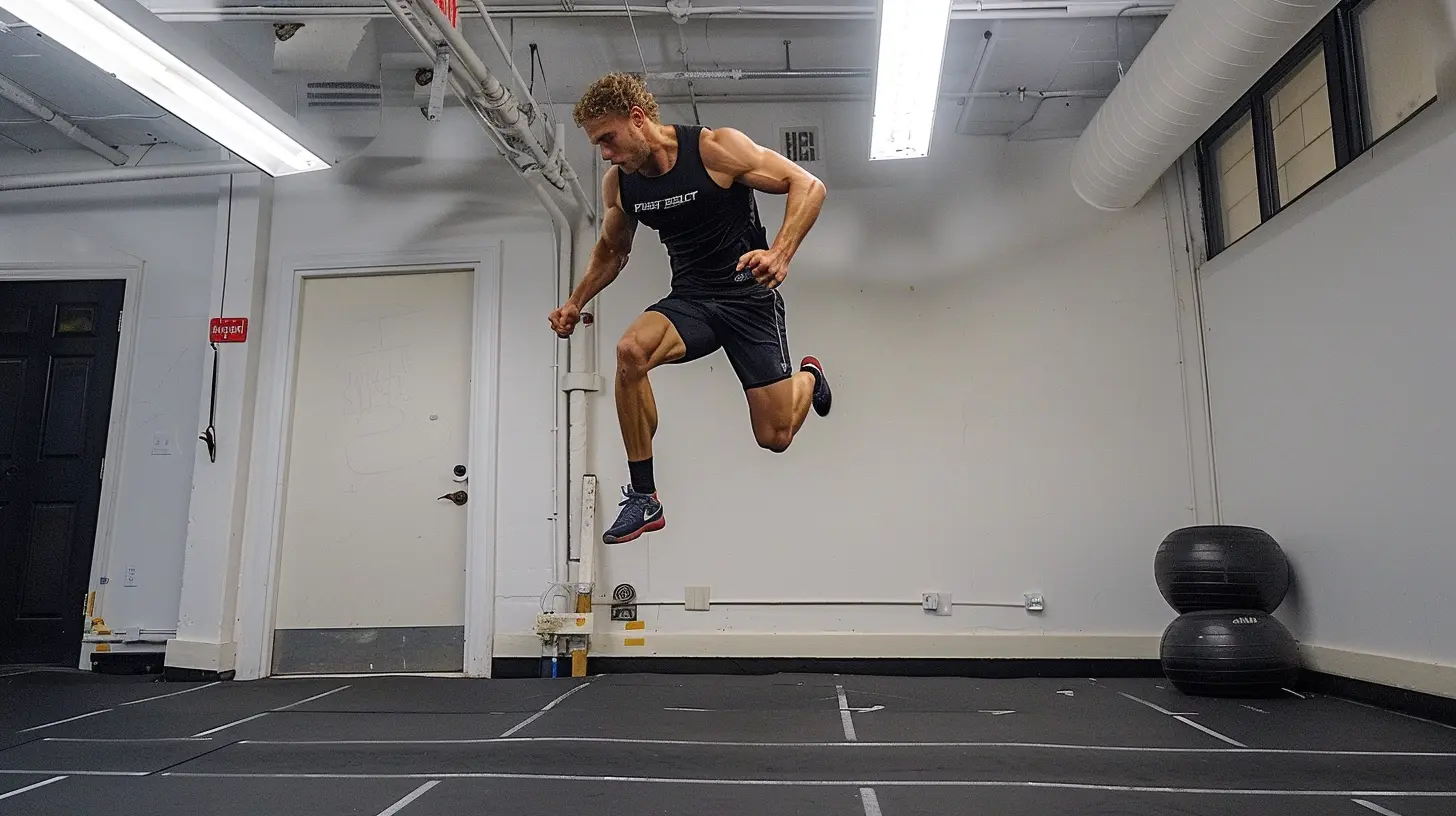The Best Plyometric Exercises for Explosive Speed
4 July 2025
Want to get faster on the field, the court, or even just sprinting down your neighborhood street? You’re not alone—and you’re definitely not stuck with slow-twitch muscles. Whether you’re aiming to shave seconds off your 40-yard dash or just want to feel quicker during your workouts, building explosive speed is the game-changer.
And guess what helps with that? Plyometrics.
These high-powered movements aren't just random jumps and hops. They’re strategic, powerful, and scientifically proven to supercharge your athleticism. So, buckle up because we're diving deep into the best plyometric exercises for explosive speed—and how you can start adding them to your routine ASAP.
What Are Plyometrics, Anyway?
Before we jump (literally) into the workouts, let’s get clear about what plyometrics are.Plyometrics are high-intensity movements that involve rapid stretching and contracting of muscles. Think jumping, bounding, and quick-fire explosive movements. The goal? To improve power, speed, coordination, and overall athletic performance.
You’re probably familiar with moves like jump squats, box jumps, or burpees. Yep, these fall under the plyometric umbrella.
So why do they matter?
Simple: they tap into your fast-twitch muscle fibers—the ones responsible for short bursts of speed and strength. The more you train them, the faster and more explosive you become.
Why Plyometrics Are a Speed-Building Secret Weapon
Let’s break it down. While strength training helps build muscle and endurance training boosts stamina, plyometrics sit in that sweet spot where speed and power collide.Here’s what happens when you consistently train with plyos:
- Neuromuscular coordination improves – Your brain and body get better at firing those muscles at the right time.
- You enhance rate of force development (RFD) – That’s a fancy term for how quickly you can apply force. The faster you explode off the ground, the quicker you move.
- You build elastic strength – Your muscles and tendons become like springs, storing and releasing energy more effectively.
Translation? You're not just working out—you’re becoming a speed machine.
How to Approach Plyometric Training for Speed
Before we tackle the best exercises, a quick reminder: plyometric training is intense. It puts a lot of stress on your joints, so you need to prep right.Here are a few tips to keep in mind:
- Warm-up like your life depends on it – Dynamic stretches, light cardio, and movement drills are crucial.
- Quality > Quantity – These aren’t your average reps. Form is everything. Five perfect jumps beat 20 sloppy ones.
- Rest between sets – This isn’t about burning calories; it’s about max power. Give yourself 60-90 seconds between sets to recover.
- Train 2-3 times a week – Your muscles need time to adapt and grow stronger.
Got it? Good. Now let’s jump in (pun intended) to the best plyometric exercises for explosive speed.
1. Depth Jumps
Ever seen someone step off a box and immediately explode into the air? That’s a depth jump. It’s a killer move for improving your ground contact speed and vertical leap.How to Do It:
1. Stand on a sturdy box (12–24 inches high).2. Step off (don’t jump off), landing softly on the ground.
3. The second your feet hit the floor, explode straight up.
4. Land softly and reset.
Why It Works:
It teaches your body to absorb force and then redirect it upward instantly—just what you need for sprinting or jumping.🔥 Tip: Keep the box height manageable. Technique first, height second.
2. Bounding
Bounding is like running in slow-motion with exaggeration. Think of it as a Superman-style gallop.How to Do It:
1. Take off from one foot.2. Launch forward and land on the opposite foot while swinging your arms.
3. Repeat in a continuous, exaggerated stride.
Why It Works:
Bounding increases stride length and power. If you’re a sprinter or field athlete, this one’s gold.🔥 Tip: Focus on forward motion, not height. Keep your core tight and don’t let your upper body flop around.
3. Single-Leg Hops
Ready to challenge your balance and power at the same time? Single-leg hops are a stability and strength test.How to Do It:
1. Stand on one foot.2. Hop forward, landing gently on the same foot.
3. Continue for 5–10 hops, then switch legs.
Why It Works:
Unilateral training exposes weaknesses and builds equal power in both legs—essential for running fast and staying injury-free.🔥 Tip: Stay low and controlled. Think "controlled explosion," not "kangaroo chaos."
4. Lateral Bounds (Speed Skaters)
Speed isn’t just forward—it’s side-to-side too. Lateral bounds simulate athletic movements like cutting and changing direction.How to Do It:
1. Start on one leg.2. Jump sideways and land on the opposite leg.
3. Absorb the landing and immediately push off the same way.
Why It Works:
They target the hips, glutes, and adductors—muscles crucial for agility and deceleration.🔥 Tip: The farther you bound, the more power you build, but start small if your balance is wobbly.
5. Tuck Jumps
This one’s a burner. The goal here is to get your knees as high as possible, as fast as possible.How to Do It:
1. Stand with feet shoulder-width apart.2. Jump straight up, bringing your knees to your chest.
3. Land softly and repeat.
Why It Works:
Tuck jumps emphasize vertical force and quick ground contact. That means more speed off the start line.🔥 Tip: Don’t “sink” after landing. Absorb the jump and bounce back like a springboard.
6. Broad Jumps
Distance, not height—that’s the focus here. Broad jumps measure how far forward you can launch from a standing position.How to Do It:
1. Stand tall, feet shoulder-width.2. Swing your arms and explode forward, leaping as far as possible.
3. Land in a squat and reset.
Why It Works:
These build posterior chain power (glutes, hammies, calves)—aka, your speed engine.🔥 Tip: Use your arms—they’re like coiled springs that help launch you forward.
7. High Knees (With Speed Focus)
Okay, you might be thinking: "Aren’t high knees a warm-up?" Sure, but do them explosively and they become a speed-focused plyo.How to Do It:
1. Run in place, bringing your knees up to hip height.2. Pump your arms in rhythm.
3. Go for 10–20 seconds at max effort.
Why It Works:
This trains quick leg turnover—a vital piece of sprinting faster.🔥 Tip: Don’t lean back. Stay tall and drive those knees like you're trying to break through a wall.
8. Split Lunge Jumps
A spicy mix of strength and explosiveness, these alternate leg positions mid-air.How to Do It:
1. Start in a lunge position (one foot forward, one back).2. Jump and switch legs mid-air, landing in a lunge with opposite leg forward.
3. Repeat.
Why It Works:
They build ankle stiffness, coordination, and power—all key for driving forward quickly.🔥 Tip: Land like a ninja, not a bag of bricks. Quiet, controlled landings protect your joints.
Programming Your Plyometric Workout
Not sure how to add these to your routine? Here's a simple 2-day-per-week template to get you started.Day 1: Vertical Power (Jump Focus)
- Warm-Up: 5–10 mins dynamic mobility- Depth Jumps – 3 sets of 4 reps
- Tuck Jumps – 3 sets of 6 reps
- Split Lunge Jumps – 3 sets of 6 reps (3 per leg)
- High Knees – 3 rounds of 20 seconds
- Cool-Down: Stretch and foam roll
Day 2: Horizontal & Lateral Speed
- Warm-Up: Same as above- Broad Jumps – 4 sets of 3 jumps
- Bounding – 3 sets of 10 bounds
- Lateral Bounds – 3 sets of 8 reps (4 each side)
- Single-Leg Hops – 2 sets of 5 reps per leg
- Cool-Down: Light jog and flexibility work
👉 Rest 1–2 minutes between sets. Think of it like charging up a battery—you want full power every time.
Common Mistakes to Avoid
Even the best exercises can backfire if done wrong. Keep an eye out for these missteps:- Skipping warm-ups – Cold muscles don’t like surprise explosions. Warm up every time.
- Overtraining – Plyos are powerful but exhausting. More isn’t always better.
- Neglecting recovery – Recovery is where the magic (adaptation) happens. Sleep it off, foam roll, and hydrate.
- Bad form – Always prioritize quality. If your knees cave in or your landing sounds like thunder, hit reset.
You Don’t Need a Gym to Get Faster
That’s the beauty of plyos. A field, your backyard, or even a garage gives you all the space you need to unleash these explosive moves.You don’t have to be an elite athlete to train like one. It just takes consistent effort, smart programming, and a mindset that says, “Let’s go.”
So, are you ready to jump into action?
Your speed upgrade is just a hop, skip, and a plyo jump away.
all images in this post were generated using AI tools
Category:
AthleticsAuthor:

Uziel Franco
Discussion
rate this article
1 comments
Kayla Torres
Love this article! Plyometrics have really transformed my training routine. It's amazing how just a few explosive exercises can boost speed and power. Can't wait to try out these tips and feel the difference on the field!
July 22, 2025 at 3:10 AM

Uziel Franco
Thank you! I'm thrilled to hear that plyometrics have made such a positive impact on your training. Enjoy trying out the tips, and best of luck on the field!


